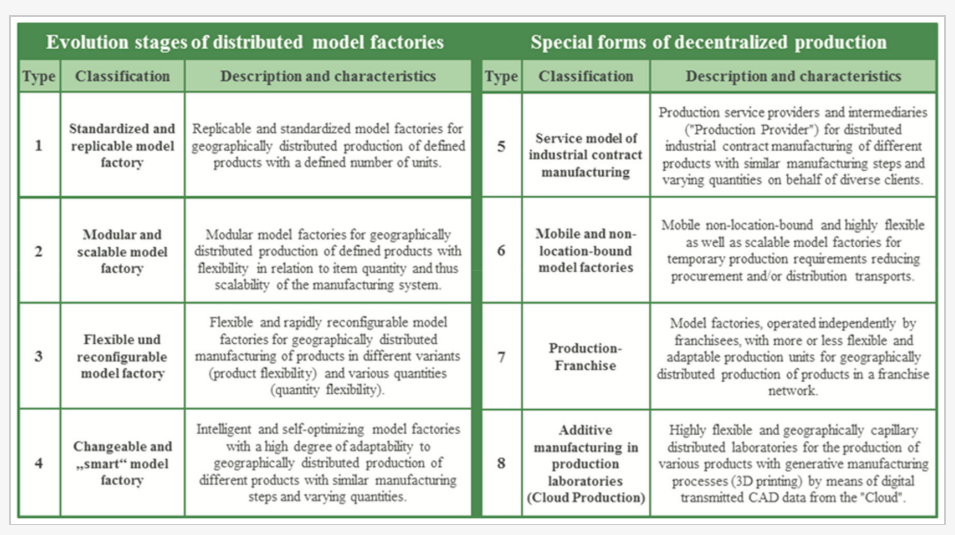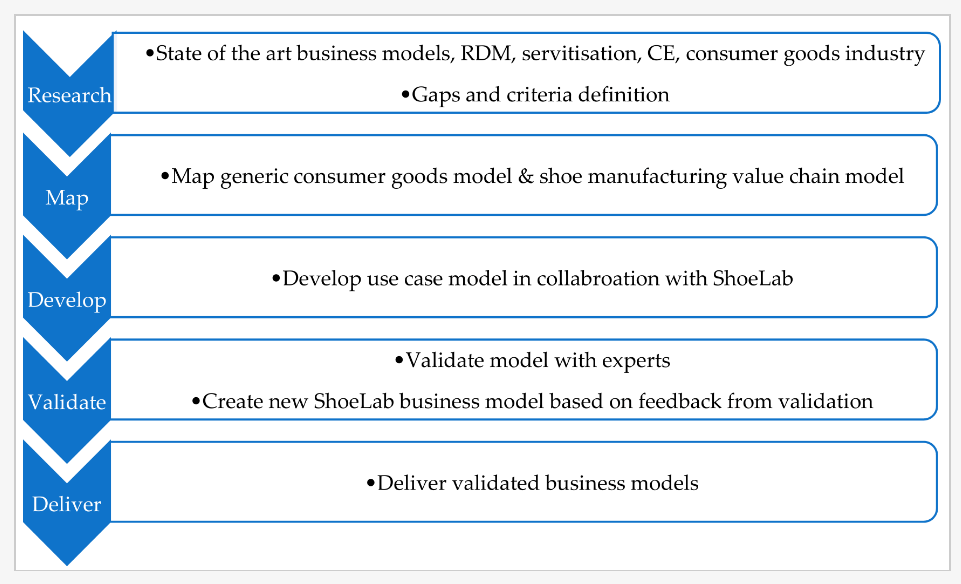As 3D printing revolutionizes industries around the world, it is inevitable that economies will be affected too as business models and supply chains are transformed. Researchers discuss these issues and their findings in the recently published ‘Sustainable Production in a Circular Economy: A Business Model for Re-distributed Manufacturing.’
The researchers list new technological elements that are having an impact such as robotics and the Internet of Things—combined with localized issues like labor costs and the UK economy, as well as enormous global concerns like climate change. The concept and study of re-distributed manufacture (RdM) is developed with an IDEF (Icam DEFinition for Function Modelling) description to serve as a guide for the implementation of the RdM concept in the consumer goods industry.
Undeniably, business models are changing for many companies with the emergence of disruptive new technology, and this means adapting—as well as often transitioning from more conventional methods that may have been in place for decades. Stating the ‘the current manufacturing model is driven to change,’ the authors realize the connection between big data and consumer goods.
Ultimately, their new model can help transform companies evolving from mass production to a more customized, customer-specific service. The researchers emphasize that manufacturers will need guidance as they begin integrating RdM processes, to include:
- Information communication technologies
- Automation and robotics
- Big data analytics
- Additive manufacturing
- Cloud computing
- Mobile technologies
For this research, the authors developed a case study encouraging less of the typical consumerism from the past involving ‘take-make-dispose,’ and instead embracing product design centered around less packaging and waste, offering reuse, and recycling of materials like plastics.
“The selected case study was drawn from the ShoeLab project, a collaboration which aims to develop a proof of concept for a smart and sustainable shoe,” explained the researchers. “This case study was perceived as the most suitable for answering the research question of: How could we develop a re-distributed and circular business model? The developed business model was used to investigate how data captured from, and communicated between, supply, production, distribution, and use can be used to design improved processes.”
A sample pair of trainers was 3D printed with many of the aforementioned concepts in mind, decreasing waste, eliminating toxins, and creating a ‘design for disassembly,’ allowing for ongoing maintenance—and longevity—of consumer goods. Fabricated via selective laser sintering (SLS), the samples were created with Duraform Flex (a recyclable and reusable material) as the base.
“The design of this pair of trainers allows new disruptive business models, such as offering trainers as a service through a subscription model. This model provides a personalized service if the trainers need to be repaired, maintained, or parts need to be replaced, as the main body detaches from the sole with a mechanical joint,” explained the researchers. “In addition, trainers will be produced in local stores. The model also includes the use of other technologies such as the ability to scan your foot to produce every trainer to measure and an augmented reality application to virtually try the trainers on. These technologies will allow the custom production of trainers avoiding a surplus of unsold products and utilizing the minimal amount of material.”
The research team used IDEF0 (Icam DEFinition for Function Modelling) to examine the reality of using new business models and processes, to include 3D printing.
The four main criteria for IDEF0 are as follows:
- Transportation – small facilities should be close to customer needs/retail sites.
- Customer involvement – customization and personalization potential allow for a new relationship with customers.
- Circularity – the supply chain must become non-linear and ‘feedback rich.’
- Servitisation – accessibility for maintenance and repair of consumer items leads to the purchase of higher quality products that can be owned for much longer periods of time.
“The models developed in this research are limited to providing an initial guide for developing an implementation strategy of re-distributed business,” concluded the researchers. “Further study needs to be conducted on the feasibility concerning, for example, costs and technology readiness.
“Distribution of manufacturing enabled by 3D printing technologies are ideally positioned to support production on-demand as different variations of the same design, production of spare parts, or repair services can be offered. However, such printing technologies and materials such as SLS printers and Duraform Flex could be very costly for both existent and new market entrants. Future research is needed to improve the technology, reduce the cost of materials, as well as research to decrease 3D printing process time to increase the capacity of the printer, thus reducing the per-unit cost of printers.”
The disruptive qualities of 3D printing may be jarring to some who are unready to make big changes within their manufacturing practices; however, many enthusiasts and industry leaders find this to be not only positive, but extremely exciting—evidenced by burgeoning partnerships that have caused disruption, to impacts on the supply chain, and even disruption to liability laws.
What do you think of this news? Let us know your thoughts! Join the discussion of this and other 3D printing topics at 3DPrintBoard.com.
[Source / Images – ‘Sustainable Production in a Circular Economy: A Business Model for Re-distributed Manufacturing’]
Subscribe to Our Email Newsletter
Stay up-to-date on all the latest news from the 3D printing industry and receive information and offers from third party vendors.
You May Also Like
Gorilla Sports GE’s First 3D Printed Titanium Cast
How do you help a gorilla with a broken arm? Sounds like the start of a bad joke a zookeeper might tell, but it’s an actual dilemma recently faced by...
Nylon 3D Printed Parts Made More Functional with Coatings & Colors
Parts 3D printed from polyamide (PA, Nylon) 12 using powder bed fusion (PBF) are a mainstay in the additive manufacturing (AM) industry. While post-finishing processes have improved the porosity of...
$25M to Back Sintavia’s Largest Expansion of Metal 3D Printing Capacity Since 2019
Sintavia, the digital manufacturing company specializing in mission-critical parts for strategic sectors, announced a $25 million investment to increase its production capacity, the largest expansion to its operations since 2019....
Velo3D Initiates Public Offering in a Bid to Strengthen Financial Foundations and Drive Future Growth
Velo3D (NYSE: VLD) has been among a number of publicly traded 3D printing firms that have attempted to weather the current macroeconomic climate. After posting a challenging financial report for 2023,...


































